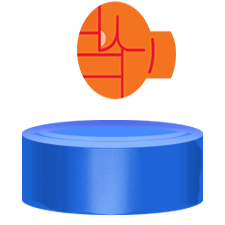Install Steam
login
|
language
简体中文 (Simplified Chinese)
繁體中文 (Traditional Chinese)
日本語 (Japanese)
한국어 (Korean)
ไทย (Thai)
Български (Bulgarian)
Čeština (Czech)
Dansk (Danish)
Deutsch (German)
Español - España (Spanish - Spain)
Español - Latinoamérica (Spanish - Latin America)
Ελληνικά (Greek)
Français (French)
Italiano (Italian)
Bahasa Indonesia (Indonesian)
Magyar (Hungarian)
Nederlands (Dutch)
Norsk (Norwegian)
Polski (Polish)
Português (Portuguese - Portugal)
Português - Brasil (Portuguese - Brazil)
Română (Romanian)
Русский (Russian)
Suomi (Finnish)
Svenska (Swedish)
Türkçe (Turkish)
Tiếng Việt (Vietnamese)
Українська (Ukrainian)
Report a translation problem


















































fun fact: the AGM-65D can be carrired in triplets just like the Mk82, also you can carry 2 AIM-9L's per rail under the wings (not wingtips that only works in AIM82B)
"In Quick Battle, your loadout is predetermined by the mission settings and cannot be changed. In Arena Mode, you may change your aircraft's weapons loadout while stationary on the ground at an airport, by pressing the "Select Next Weapon" key."
And there is a screenshot of the default key binds in that category...